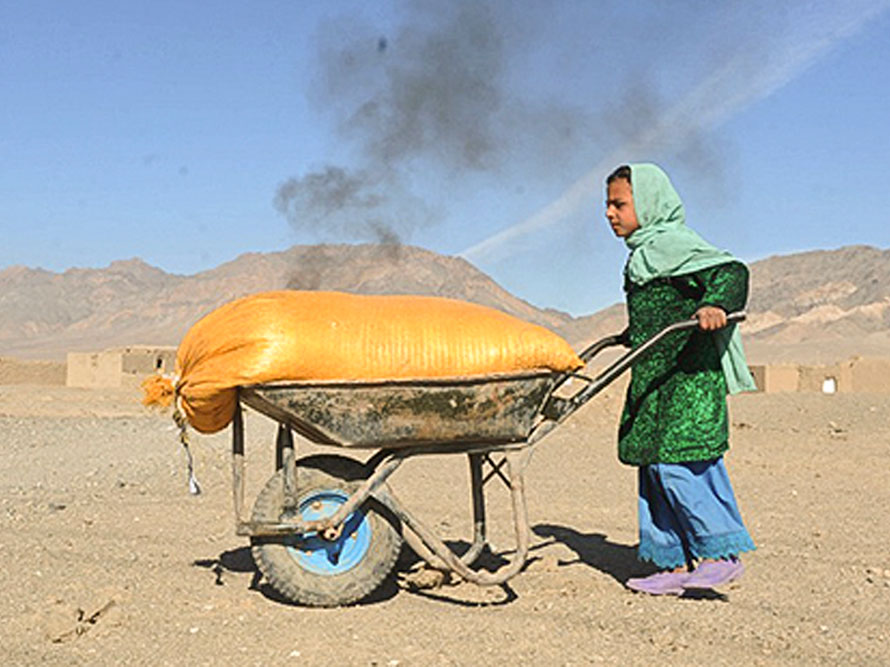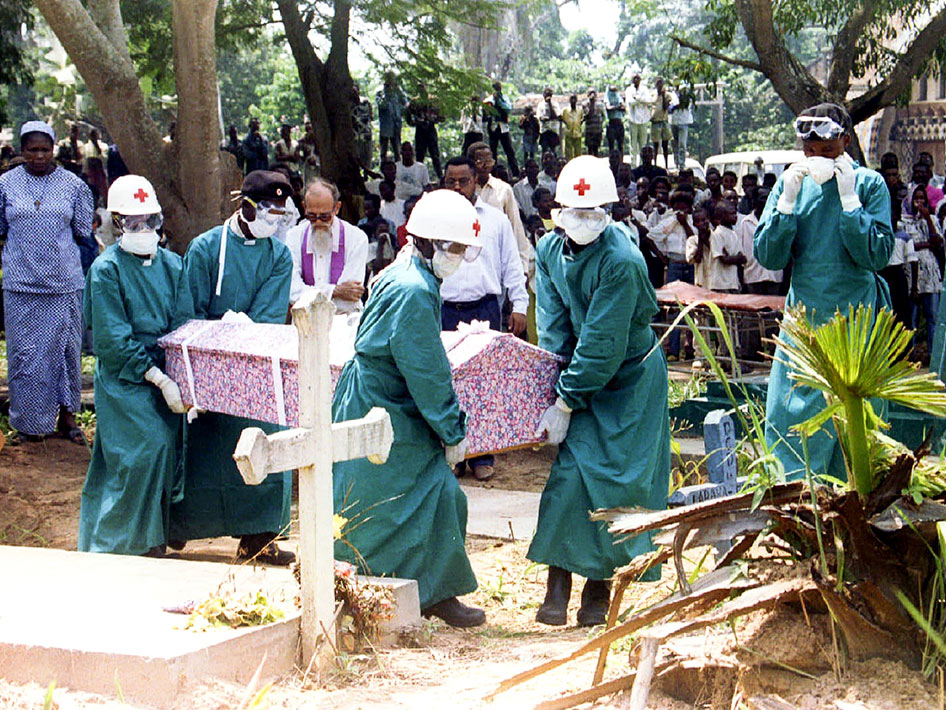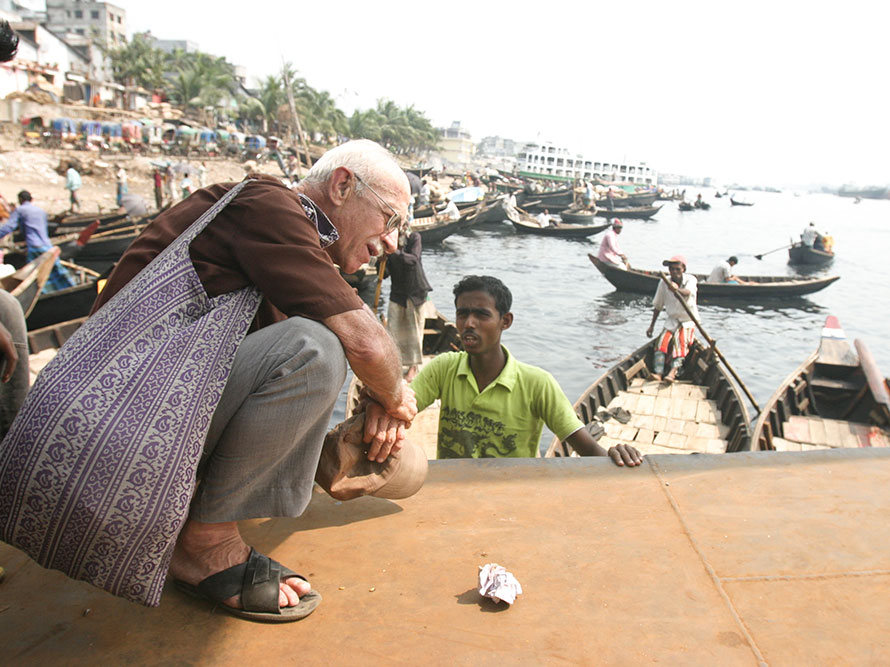When we reached Sanjiang, in Zhejiang province, an elderly woman was angrily telling the pastor how, at the end of April, police dispersed members of her congregation and neighboring ones who had come to protect their new Protestant church from being bulldozed. Several pastors were arrested and many detained, including those from the Sanjiang church – one of the officially sanctioned (and government controlled) “patriotic” churches. Many supporters were also arrested, including pastors from the underground house church movement. One, who asked to be referred to only as “W,” escaped the police raid by hiding in a nearby warehouse.
For years, during her evening walks, the woman had watched the construction work taking place on the massive church, which was just a few hundred meters along the main road from her house. When we were there in May, flashing lights warned us of the police roadblock that had closed off access to the church weeks ago, after the Chinese government ordered it to be pulled down. “They want to remove every trace,” said “W.” The old woman added: “During the Cultural Revolution, they burned bibles, but they didn’t remove the crosses.” The old church survived the Cultural Revolution, but it was so dilapidated that it was converted into a mat-weaving factory.
Wenzhou has been neglected by the Chinese government in recent years. Nevertheless, since the economic reforms, the city has been celebrated as the Chinese capital of private enterprise and Christianity. The city boasts 1,500 churches in every possible architectural form.
The budget for the church in Sanjiang was close to $5M. After nine years of dealing with bureaucracy, raising funds and building work, the massive structure rose from the ground with a 60-meter high tower, a 30-meter long transept and a 50-meter long nave bordered by pilasters and arches. It resembled a European gothic cathedral. The cross was mounted on 8 August 2013.
In early 2014, church demolitions were reported in several towns in Zhejiang province, Shanghai’s rich hinterland. Many crosses deemed too obtrusive were forcibly taken down. Early in April, a Catholic church in a rural county of Wenzhou was demolished and the cross on a Protestant church destroyed. A dozen other churches received ultimatums to pull down buildings or crosses in a campaign against “illegal structures,” launched in Zhejiang in 2013. However, Christians in Wenzhou observed that the campaign only targeted churches.
Orders were obeyed in some places, but Sanjiang resisted. “We knew that even if we removed the cross, it wouldn’t stop there, and therefore we had to stand firm,” said “W.” Although the surface area of the building had exceeded the authorized size, the Sanjiang church administration was confident because its “model church” had received local government approval. “Finally, a compromise was reached when the authorities agreed only to knock down the top two floors of the annex. But they didn’t keep their word,” said one evangelical minister from Wenzhou, who asked to be referred to as “Peace.”
On 26 April, 1,000 people, many from neighboring congregations, came to pray in front of the church in the hope of preventing its destruction. The following day, some 40 church leaders identified as having influence on their congregations were arrested, including official cadres and members of the house church movement. Pastor “Peace” spent 20 hours in police custody. The riot police intervened at 4a.m. on 28 April, and by 8.30p.m. the massive church was reduced to rubble.
According to the American NGO, China Aid, since the beginning of the year, 60 churches in Zhejiang province have received notice that either their crosses or their buildings must be demolished – more than 40 of these are in China’s “Jerusalem.”




















